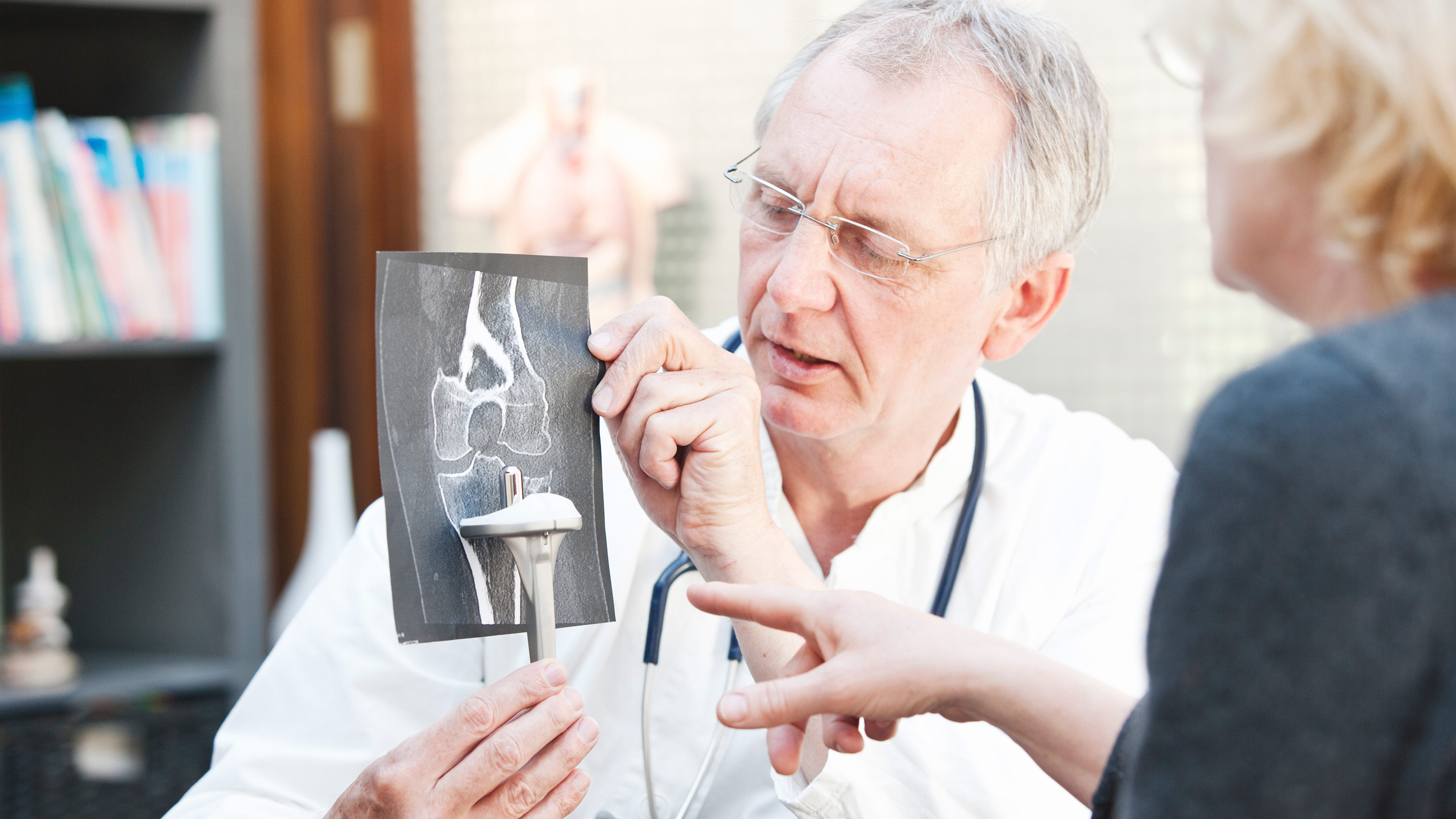Bone and Joints
Joint Replacement

Although the predominant need of joint replacement surgery is for hip and/or knee, replacement is also common for shoulders, ankles and fingers. The FAA looks favorably on all successful joint replacements.
Your aviation medical examiner may issue your medical certificate if you have no significant range-of-motion limitations and you are not taking any disqualifying pain medication. Most anti-inflammatory medications used to reduce swelling around the new joint are permissible, but all narcotic-type pain medications should be discontinued before applying for a medical certificate.
There is no specific amount of time the FAA requires an airman to self-ground (see FAR 61.53), following joint replacement surgery. You may resume flying when your treating physician releases you for unrestricted normal activities and when you feel well enough to fly.
At the time of your next scheduled FAA flight physical, you will need the following:
- Hospital records, including the admission history and physical, the operative report, and the discharge summary, and;
- A detailed, current orthopedic status report from your treating physician with comments on any symptoms, motor strength, range of motion, functional limitations, treatment plan, current medications, and prognosis.
How/Where to Submit to the FAA
Find the contact information for submitting your medical records.
Updated April 2016